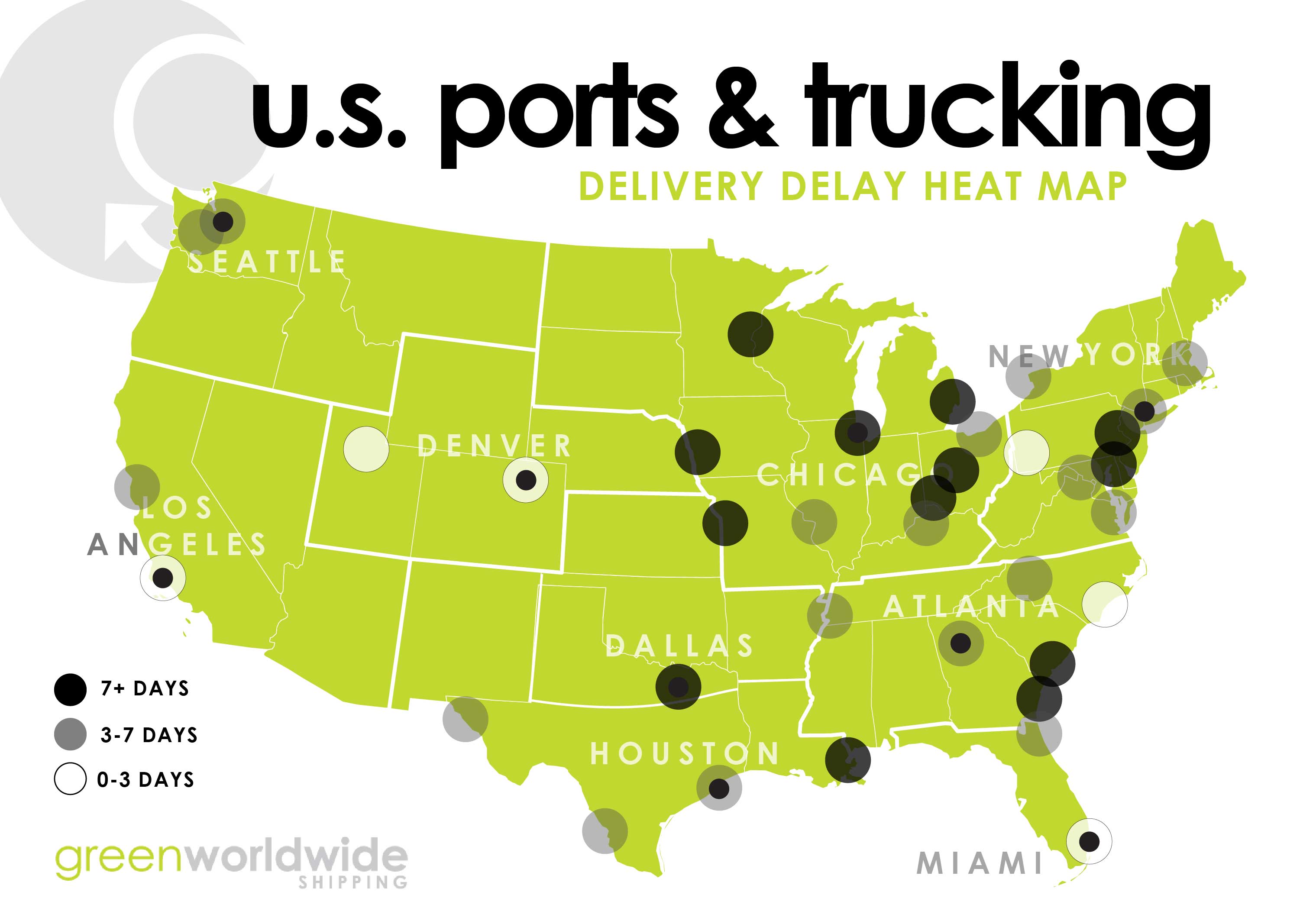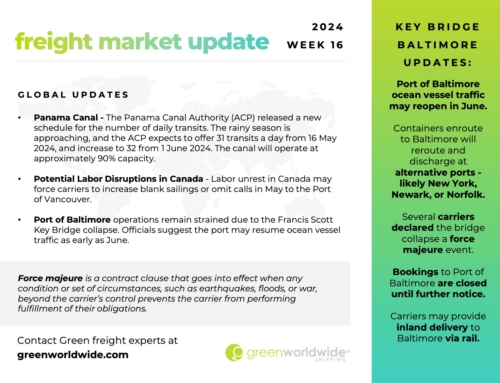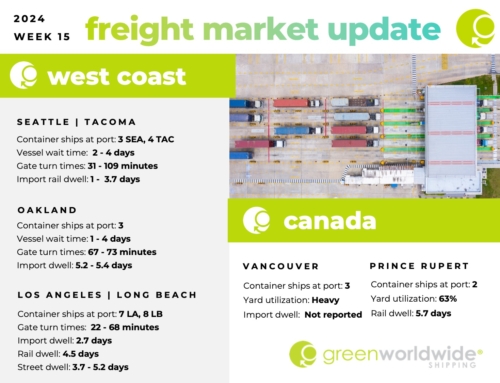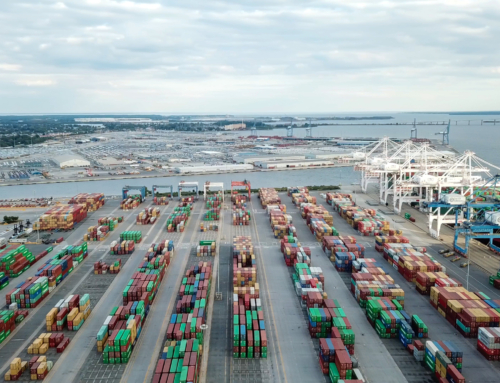While most shippers concentrate on negotiating April carrier contracts, or finding the right freight forwarder, to meet their 2018 goals, they should have noticed a much more prevalent issue happening creeping up, right here at home.
U.S. trucking is in a tenuous state – capacity is tight, chassis are non-existent, and prices are increasing, leaving shippers asking…
WHERE ARE ALL THE TRUCKERS?
Trucking is one of those industries that fluctuates with the economy; in a recession, low consumer demand and high unemployment attracts more drivers, but when the economy grows, trucking starts competing against other blue-collar work, like warehousing and construction, that pay higher wages on a consistent schedule. Seasoned domestic carrier professionals are used to fluctuation, but overall, does little to attract (and retain) new talent – turnover for the industry is above 40% and climbing.
Because the U.S. economy is growing, 5-6% as mentioned in 5 Trends Shippers Must Know for Contract Season, trucking capacity has tightened and a slew of aggravating factors are pushing the industry to its limit.
ELECTRONIC LOGGING DEVICE (ELD) MANDATE
U.S. truckers will also face full enforcement of the electronic logging device (ELD) mandate on April 1, 2018 – and the joke will be on shippers if carriers are pulled out-of-service.
Electronic logs were established to create safer roads from over-worked drivers. Conditioned to stretch hours of service logs past legal limits, drivers are often pressed for quicker deliveries or longer hauls that often result in collisions and fatalities. With the mandate’s implementation, truckers have no choice but to adhere to the Federal Motor Carrier Safety Administration’s (FMCSA) Hours of Service, putting more strain on an existing 50,000 driver shortage.
TRANSIT TIME
Before the ELD Mandate went into effect on December 18th of last year, the average transit time for a 500-mile trip was 1.05 days. Following the mandate, the same trip now costs 16% (1.22) more time – and that’s just the final delivery.
Port congestion has also played a significant role in capacity as mega-vessels unload more containers per trip, and trucking strains to pick-up cargo before falling into demurrage or detention. Add a stop to pick up chassis (if any are available) and transit times can easily stretch beyond ELD limits, even on local runs.
Here are some of the nationwide delays, shippers can expect:
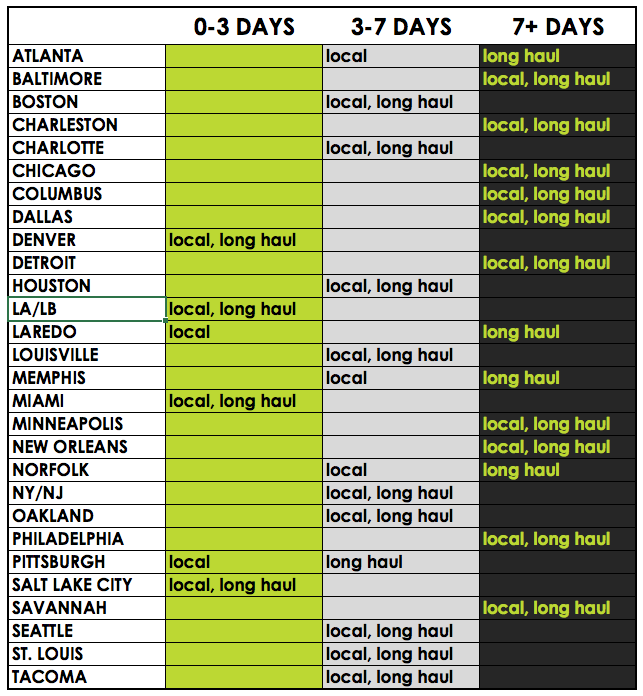
It’s not about finding a new trucking company, but aligning your operations to the right carrier network. With rates at their highest since the Great Recession, shippers are desperate to find a quick solution. Some have suggested government incentives to attract potential truckers, while others wait for autonomous fleets. There’s no denying that transit times are getting longer, only because they can’t go any faster.
Desperate for delivery guidance? Contact Green for access to our nationwide carrier network at [email protected].

